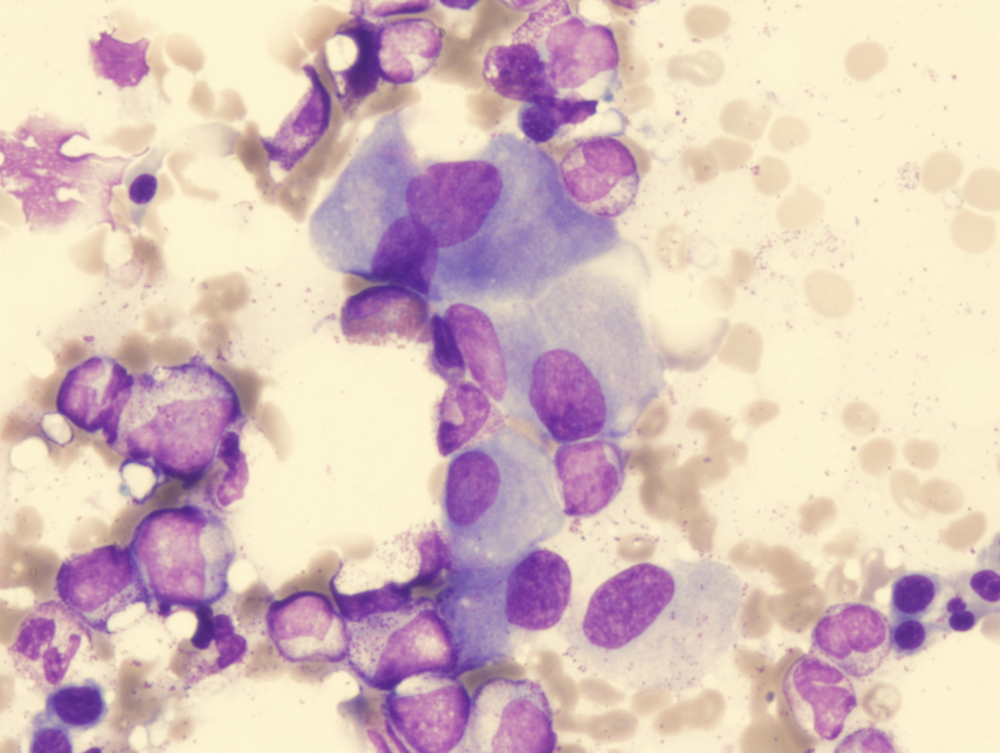Are osteoblasts mature bone cells? Osteoblasts are cells that create new bones. They are also derived from the bone marrow and are associated with structural cells. However, they only become mature bone cells when they turn into osteocytes.
Osteoblasts mature bone cells integrate and secrete calcium salts and collagen matrix. When the area encompassing an osteoblast calcifies, this osteoblast is trapped and converted to osteocytes, which is the most typical and mature kind of bone cells. Moreover, osteoblasts work in cooperation with osteoclasts, which reabsorb bone in a constant cycle that happens in every part of life.
What Are Osteoclasts?
Osteoclast refers to the large cells generated by the fusion of some small ones. They pass over the area of the secrete acids and bone matrix and enzymes to break it up, making a tiny pit on the side of the bones. They are seen on the side of the bone mineral beside the disintegrated bone.
This raises the surface layer for the assimilation of minerals. These minerals are soaked up in the osteoclasts after discharging them into the fluid tissue placed amidst the cells. Thenceforth, the ions pass into the blood. This process of mineral uptake and bone breakdown through the osteoclasts is called resorption.
What’s more about osteoclasts?
- They come from two or more cells that combine with each other.
- The primary role of osteoclasts is assimilating the bone.
- They generate more amounts of tartrate-resistant acid and phosphatase enzymes.
- They arise from the bone marrow and are associated with (WBC) white blood cells.
What Are Osteocytes?
Osteocytes refer to the cells in the inner surface of the bones. As osteoblasts become mature, they turn into osteocytes. Furthermore, osteocytes are:
- The amplest type of cell in the bone that has existed for about 25 years. Osteocytes work as part of the regulatory system that manages the body’s phosphate homeostasis and calcium.
- Cells that generate regulatory factors to affect the activity of osteoclasts and osteoblasts in regards to endocrine signals such as the blood amount of vitamin D.
- Cells that can break and feel pressure in the bone and aid control where the osteoclasts will disintegrate the bone.


